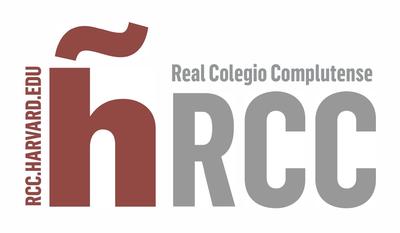Co-Chairs: Ricardo Hausmann (Director, Center for International Development and Professor of the Practice of Economic Development, Harvard Kennedy School of Government) and José Domínguez (Professor of Structural Engineering, School of Engineering, University of Seville).
The application of complexity science tools to the study of society allows for the analysis of phenomena that have been hard to identify and analyze with more traditional tools, especially in the field of Economics, which in the absence of these tools has tended to work with relatively low dimensional representations of reality. But the increasing availability of more detailed information of social phenomena makes it particularly useful to use tools that can exploit this informational richness. This opens up fascinating new horizons on almost all fields of knowledge in the social sciences.
In economics, it is widely accepted that technology is the key driver of economic growth of countries, regions and cities. Technological progress allows for the more efficient production of more and better goods and services, which is what prosperity depends on.
However, the mechanisms through which technology is developed, adopted and used in production are complex. Their more detailed analysis can allow for new findings that could have important impacts in many areas of policy, including science policy, research and development, industrial policy, and both national and regional development policies. In fact, the concept of technology itself as well as the individual and social capabilities required for its development ca now be studied at a much more fine-grained level leading to potential contributions that may impact higher education, job creation and economic growth. Clearly, there are links between education, research and development, innovation and economic activity that are part of the process we aim to uncover.

The recent shift towards open innovation has resulted in increased flows of knowledge and new types of cooperation between education institutions, research organizations and business. Top corporate R&D investors worldwide lead the development of many emerging technologies. This is evident from an examination of the technology fields in which these companies intensified their inventive activities in the recent years and the contribution of top R&D investors to the overall development of these fields. Top corporate R&D investors accelerated their inventive activities in areas such as engines, automated driving systems, big data, artificial intelligence, 3-D printing and information and communication technologies.
It is necessary to remember that the two main ingredients for the development of new technology are codified knowledge in the form of theories, frameworks, scientific papers, patents, recipes, protocols, routines and instruction manuals and tacit knowledge or knowhow, which is acquired through learning by doing in a long process of imitation and repetition and which exists only in brains. The development of science, technology, innovation and production require both codified and tacit knowledge but the codifiable component of science and technology get registered, respectively, in the form of scientific publications and patents, and these are grouped into categories. Scientific publications, patents, industries, occupations and products are proxies of scientific knowledge, technological development, economic activity and human skills.
They form what is known as a multiplex network with six kinds of nodes where geographic location represents the last one. Understanding relations within each layer, e.g., the knowledge space, the patent space, the industry space, the occupation space, the product space and the country (or location space); and across layers should shed light on the foundations of countries economic development and the policies to be implemented in all of these areas to promote it.
Policies towards science, technology and innovation (STI) would benefit enormously from a deeper and more detailed understanding of the 6-fold multiplex that this research wants to uncover. What are the detailed connections between areas of science, as captured by journal publications and patents. What forms of human collaboration are necessary for the authorship of papers and patents? And for national and local authorities: What are the connections between a local effort in science and local innovation? What are the backward linkages of industrial diversification on the local capacity to create patents and scientific papers? Which occupations are key to facilitate the diffusion of industries to particular locations and what are the educational profiles of those occupations? What is the role of human mobility and the attraction of talent in the successful development of STI?
To sum up, this study group pursues three purposes:
-
To analyze empirically the nature of the partnerships and ecosystem relations that underpin scientific and technological progress and its manifestation in the development of new industries, the appearance of new products and the formation of new teams of people with different and complementary occupations. To do this, we will carry out a research agenda to uncover these connections.
-
To develop tools in order to assess the position of each country and region in the multiplex and its evolution over time in order to evaluate their “adjacent possible” in a way that can help them plan their efforts towards progress.
- To expand the dimensions that the quantitative tools of CID’s Atlas of Economic Complexity can offer its worldwide users, thus allowing policymakers, corporations, STI participants and the broader public to benefit from the results of the research.

